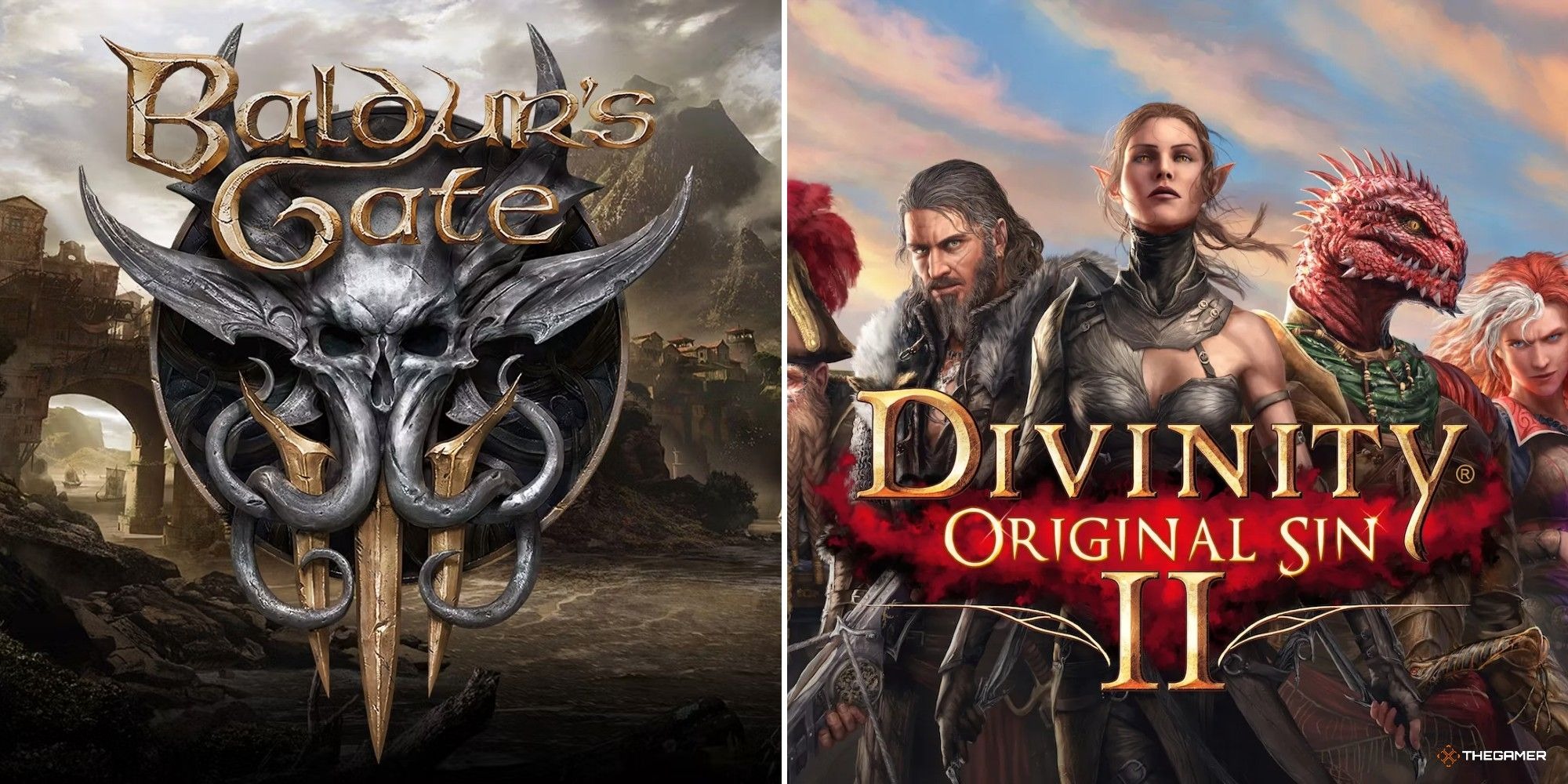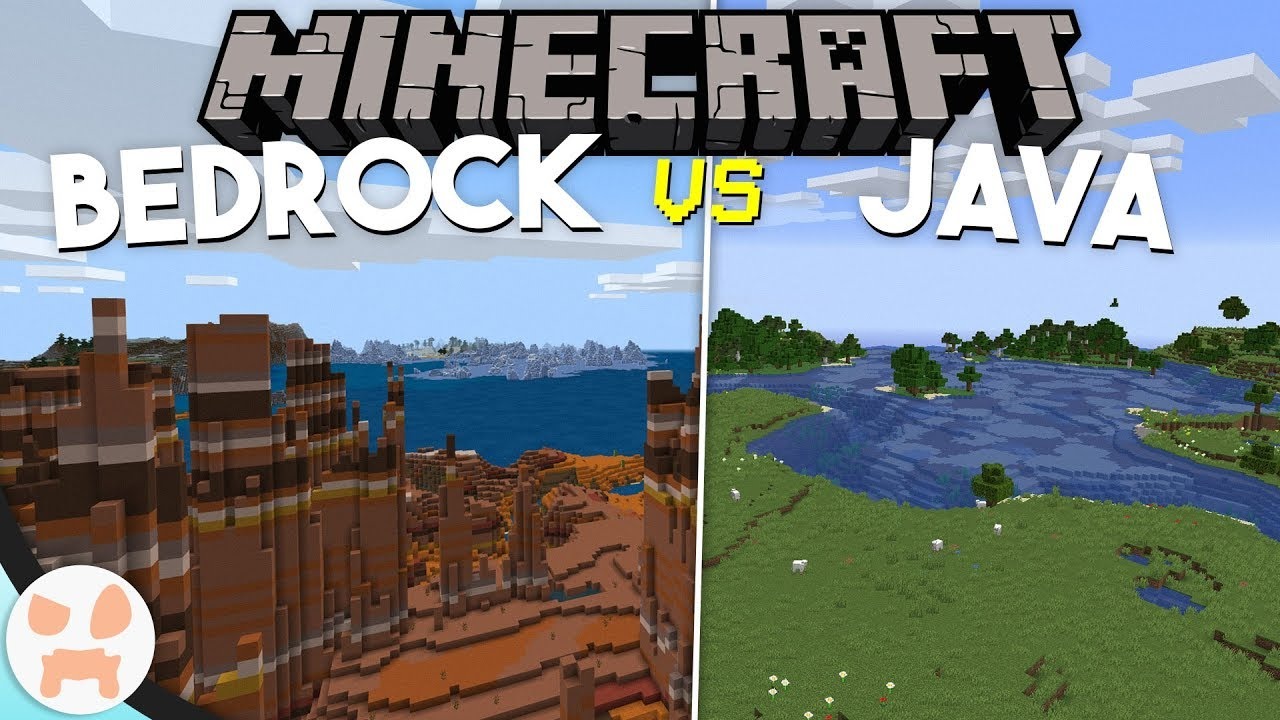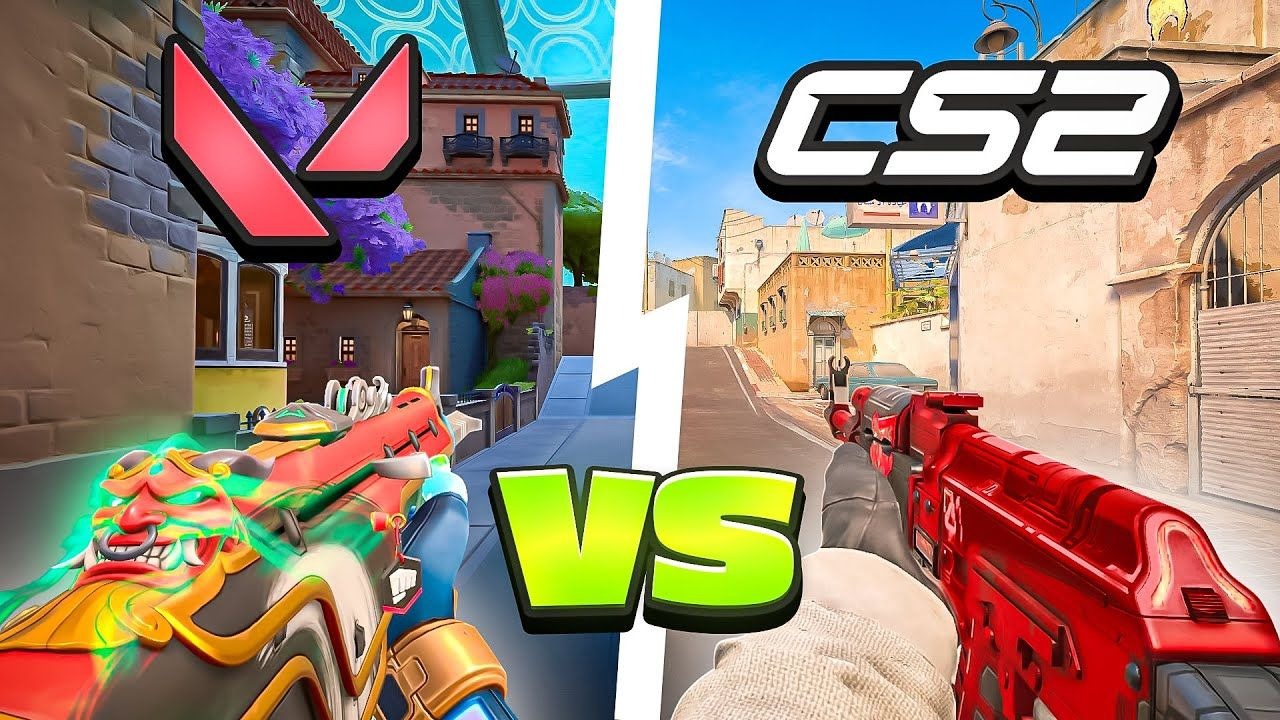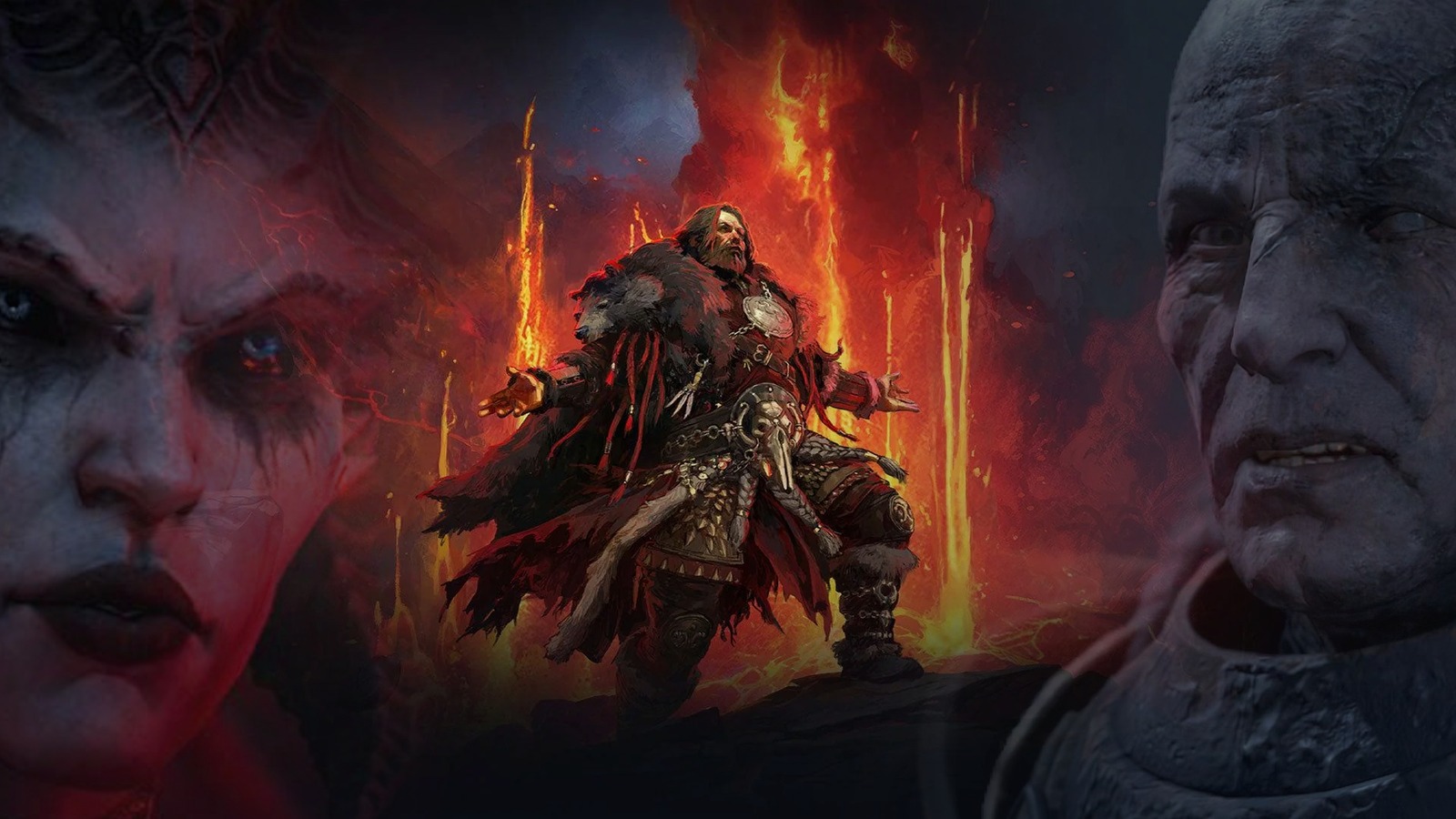The final frontier has always fascinated gamers, and in recent years, two titles have stood out in delivering deep space experiences: Starfield and No Man’s Sky. While both games let you pilot ships, land on planets, and explore the galaxy, their approaches couldn’t be more different. Here’s how they stack up across the key elements of space gameplay.
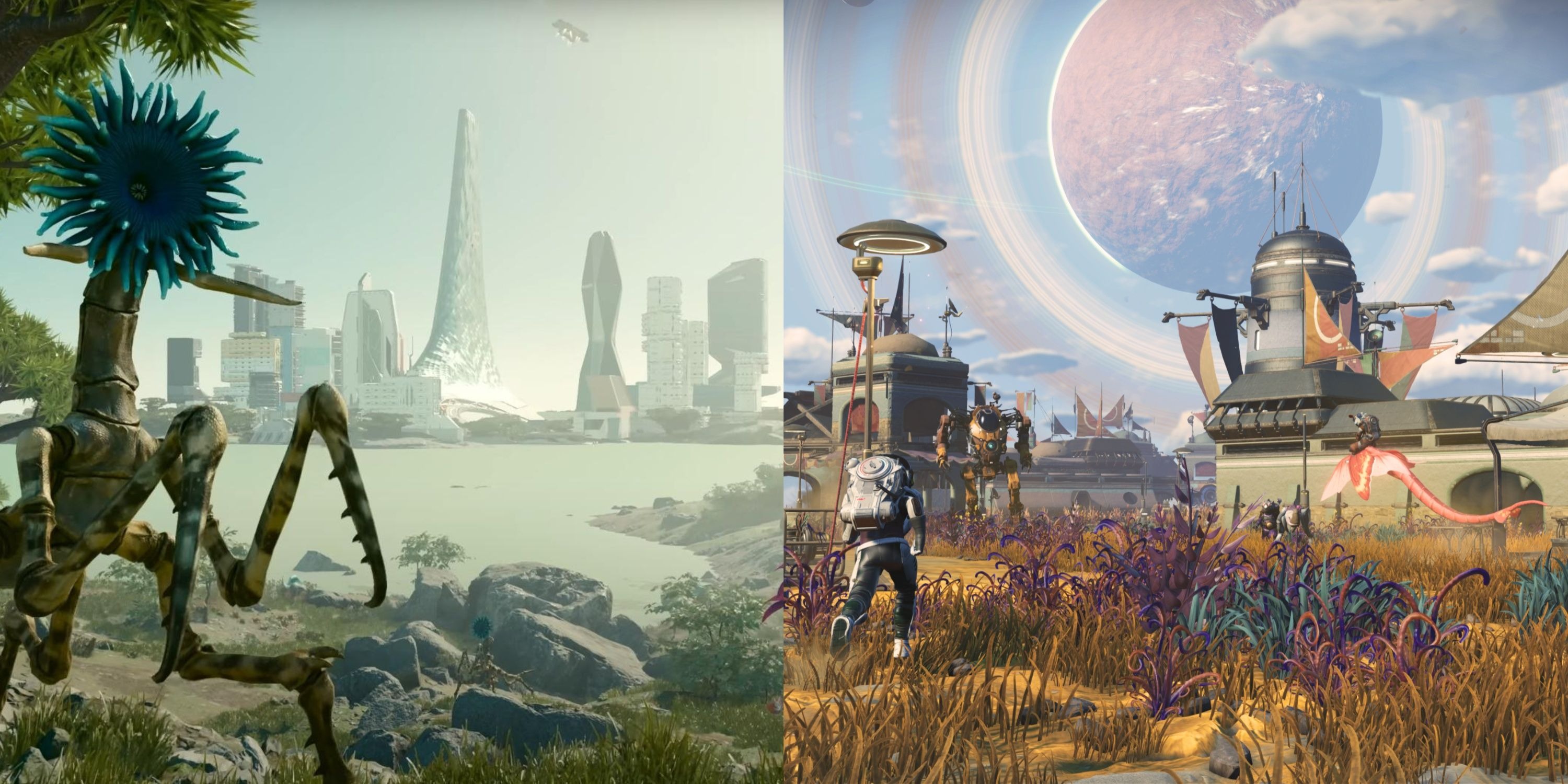
1. Exploration Style
No Man’s Sky thrives on procedural generation. With over 18 quintillion planets, no two worlds are exactly alike. The game encourages spontaneous discovery, base-building, and survival across colorful, alien environments.
Starfield, in contrast, focuses on a hand-crafted experience with over 1,000 explorable planets. While not all of them are deeply detailed, the ones that matter are rich with quests, characters, and meaningful interactions.
Winner:
No Man’s Sky for infinite discovery, Starfield for curated depth.
2. Story and Narrative
Starfield follows Bethesda’s RPG formula, complete with factions, dialogue choices, and a central storyline involving ancient alien artifacts. It’s designed for players who enjoy lore, storytelling, and decision-making.
No Man’s Sky offers lighter narrative elements. There is a main quest, but the game is mostly self-directed, allowing players to craft their own journey with minimal story constraints.
Winner:
Starfield, for players seeking a narrative-driven space adventure.
3. Customization and Building
In No Man’s Sky, players can build bases anywhere, customize ships, and even own massive freighters. The creativity is nearly endless, giving it a strong sandbox appeal.
Starfield introduces modular ship-building and outpost creation, but with more restrictions. Customization exists, but it’s tied to resource gathering and character skills.
Winner:
No Man’s Sky, for expansive building and creative freedom.
4. Combat and Gameplay Variety
Starfield offers a mix of space dogfights and on-foot FPS-style combat, with RPG mechanics layered on top. Combat is more grounded and influenced by character progression.
No Man’s Sky also includes combat, but it’s generally simpler and more arcade-like. It’s not the main focus, though recent updates have improved both space and ground combat mechanics.
Winner:
Starfield, for refined and tactical combat systems.
5. Progression and Replayability
No Man’s Sky is designed as a never-ending journey. With constant free updates, new gameplay systems, and live events, it’s a long-term game that encourages regular returns.
Starfield offers a more traditional RPG structure with a definitive progression arc, side quests, and New Game Plus options. It’s big—but not infinite.
Winner:
No Man’s Sky, for endless replayability and continuous updates.
Conclusion
Starfield and No Man’s Sky each deliver compelling space experiences, but for different kinds of players. If you crave structured storytelling, deep world-building, and classic RPG mechanics, Starfield will take you on a grounded, cinematic journey through the stars. If your dream is to explore endlessly, build without limits, and lose yourself in a living universe, No Man’s Sky is your ultimate playground. In the end, it’s not about which is better—it’s about the kind of explorer you want to be.

